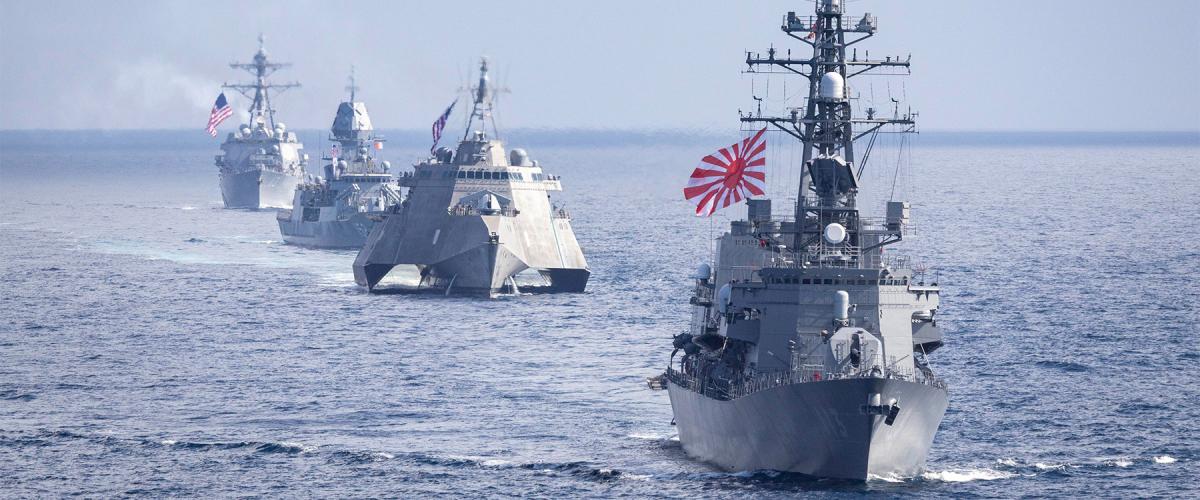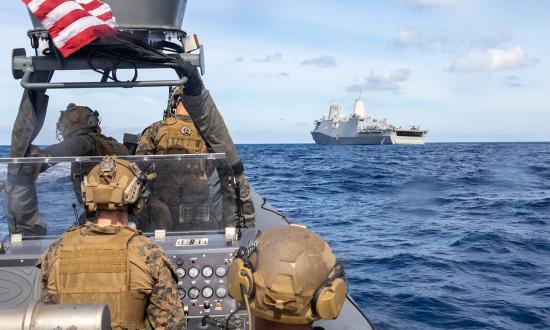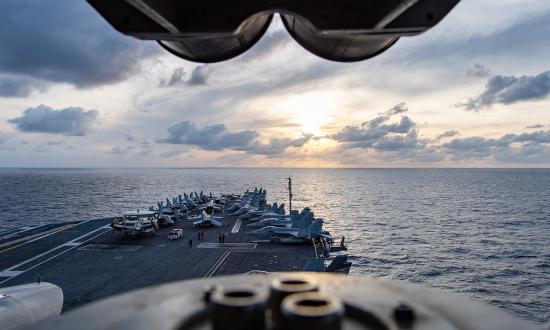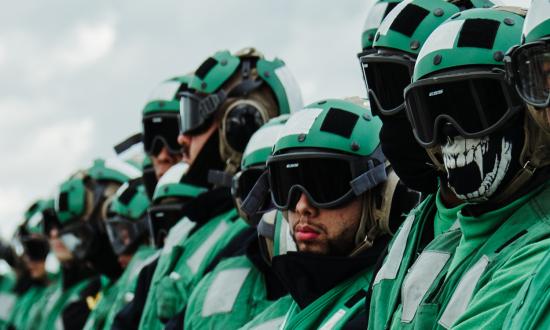The U.S. Sea Services and international affairs are inextricably linked. So, once a year we turn the focus of Proceedings to the forces, structures, capabilities, and people of the sea services of friends, partners, and prospective adversaries. Given the hint of salt water in just about every international news story this year, readers may find this edition even more helpful.
For our “International Commanders Respond” section, we asked the commanders of the world’s navies how they are dealing with recruiting and retention challenges. The responses from top naval leaders on six continents indicate many are trying novel approaches—including one-year programs in Canada and the Netherlands that allow recruits to try the navy for a year before deciding whether or not it’s for them. Related to what we heard from
international navy chiefs, “Lessons from the Norwegian Coast Guard” by U.S. Coast Guard Lieutenant Commander Kristopher Thornburg describes the dual-crew, predictable-schedule manning model of the Norwegian Coast Guard. Unlike the U.S. Coast Guard, Norway has “no shortage of officers serving on board
its ships.”
Ryan Martinson’s “The PLA Navy’s Blue Team Center Games for War” provides an in-depth look at the PLA Navy officers who play “Blue”—China’s opponent—in wargames at the Naval Command College, the Chinese equivalent to the U.S. Naval War College. “During his tenure as college president (2011–15), then–Rear Admiral Shen Jinlong—later PLAN commander—recognized that the college could not consistently provide a realistic representation of Blue in its wargames.” For the past ten years, the Blue Team Center has been working to rectify that shortfall.
If you have been following the struggles of U.S. Navy shipbuilding, retired Navy Captain Jim Fanell’s “Another Historic Year for the PLA Navy” will not reassure. The PLAN built 170,000 tons of new ships in 2023 (compared with the U.S. Navy’s net decommissioning of ships). And the former head of the PLAN, Admiral Dong Jun, was elevated to Minister of Defense, signifying a major increase in power and prestige for a service that has historically taken a back seat to the People’s Liberation Army.
In Europe and Canada, largely because of Russian aggression, NATO navies have embarked on recapitalization. Eric Wertheim’s “NATO Navies in Review” sums up the major programs. On 10 April, I had the pleasure of interviewing Vice Admiral Angus Topshee, Commander of the Royal Canadian Navy, for the Proceedings Podcast. Admiral Topshee described his nation’s naval buildup as the largest in Canada’s history.
Retired Indian Navy Rear Admiral Sudarshan Shrikhande’s “Red Sea Attacks Dominated the Indian Ocean Region in 2023” describes the “outsized effects of the Houthis’ attacks on maritime trade” as well as other developments in the region.
Estonian Navy Commander Ott Laanemets is back in our pages with “Reinventing Mine Warfare in the Baltic Sea.” Laanemets wrote “Solve the Baltic’s Geography Problem” in 2018, and his latest article shows how mine warfare is the best naval tool in the Baltic. Its World War II maps of naval mine gauntlets are instructive.
On 8 May, the Naval Institute will hold its 151st annual meeting in the Jack C. Taylor Conference Center (and simulcast virtually). We will recognize the winners of three essay contests plus the Proceedings, Naval History, and Naval Institute Press authors of the year. We hope you can attend!






